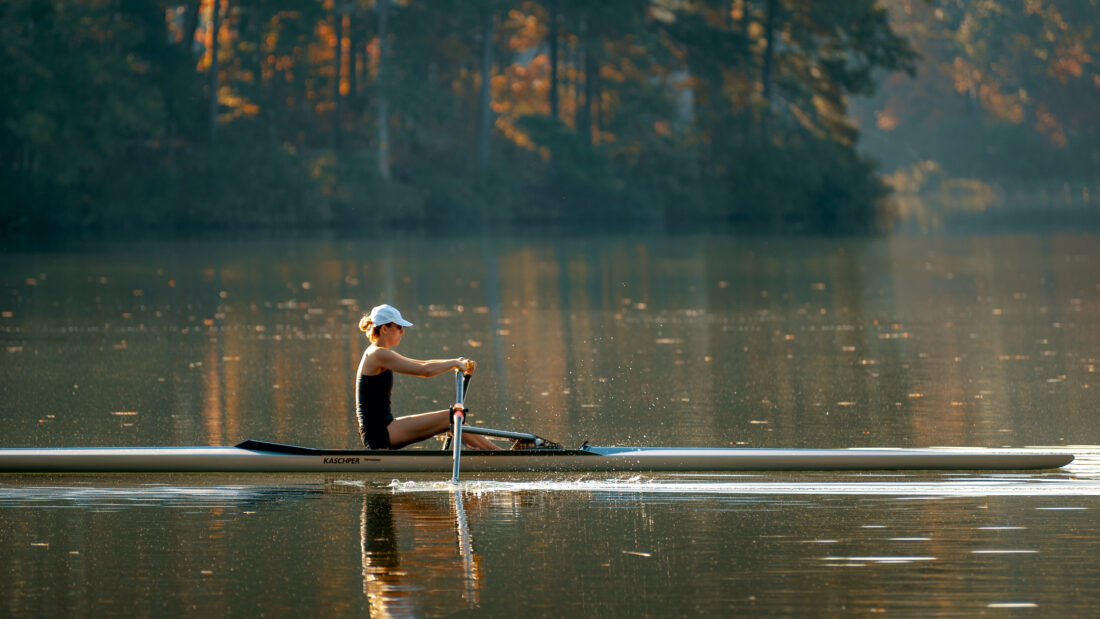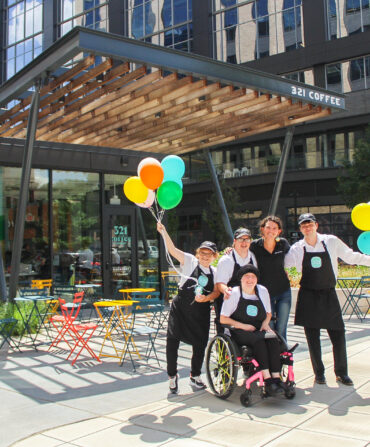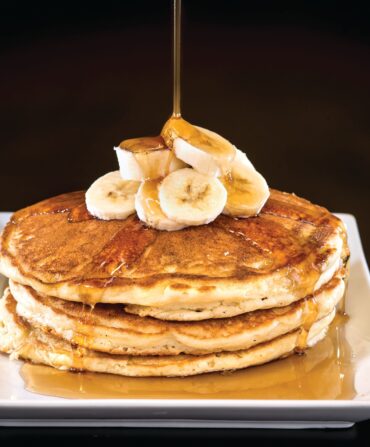Many fortunes throughout the history of the United States have risen and receded with the railroads, which dominated nearly every aspect of economic life and travel during the nineteenth and early twentieth centuries. So it’s no wonder that the eastern Mississippi city of Meridian, which grew at the busy junction of the Southern Railway and the Mobile and Ohio Railroad, was one of the most dazzling hubs of commerce during that time.
The largest city in the state from 1890 to 1930, Meridian’s strategic location has always determined its fate—for better or worse. In 1864, Union General William Sherman boasted, “Meridian…no longer exists,” after burning nearly all of the buildings and destroying rail lines for miles in and around the city, cutting off supply routes to the Confederates on his way to Georgia.
The reemergence of its railroads during Reconstruction brought wealth to town once more, though, fueling a Gilded Age building spree and inspiring Meridian’s most famous export—Jimmie Rodgers, known as the Singing Brakeman from the 1920s until his passing in 1933, and now considered the Father of Country Music.
Today, Meridian has not only recaptured the glories of its storied past, but also created a new slate of experiences for visitors to enjoy. With a population just under 35,000 and a walkable downtown lined with shops, historic eateries, and entertainment, Meridian has recast the romance of the rails into a low-key getaway destination. Here are five ways to indulge in Meridian’s rebirth.
Overnighting
Driving into Meridian on 22nd Avenue—also called Sela Ward Parkway in recognition of the Sisters and CSI actor who grew up here—one structure dominates the skyline: the Threefoot Building, a sixteen-floor Art Deco tower that opened in 1929. After a period of disuse and a lengthy renovation, it reopened in 2022 as the boutique Threefoot Hotel with a ground-level restaurant and bar, 6:01 Local, as well as a rooftop lounge called the Boxcar, where diners can relax on the deck amid spectacular views of the city. Original marble wainscoting, flooring, light fixtures, and ornate, brass-etched elevator doors were preserved and polished for the reboot.
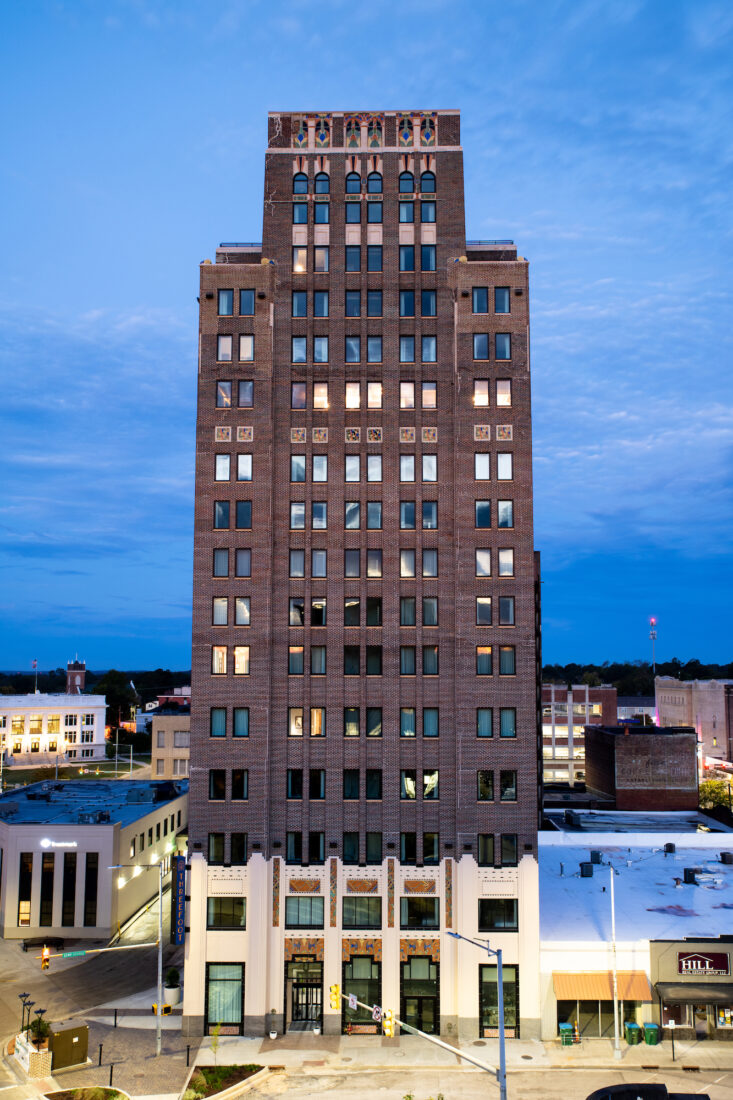
A Culture Club
The contributions Mississippians have made to American culture are extensive, and the Mississippi Arts & Entertainment Experience (The MAX) does a fine job of covering all the bases. Literary luminaries William Faulkner and Eudora Welty are celebrated alongside actors Oprah Winfrey and Morgan Freeman in the Hall of Fame, a towering rotunda anchoring two levels of interactive exhibits. A few blocks up 22nd Avenue, the Jimmie Rodgers Museum tells the “Blue Yodel” singer’s story through artifacts and memorabilia from his brief but influential time in the spotlight.
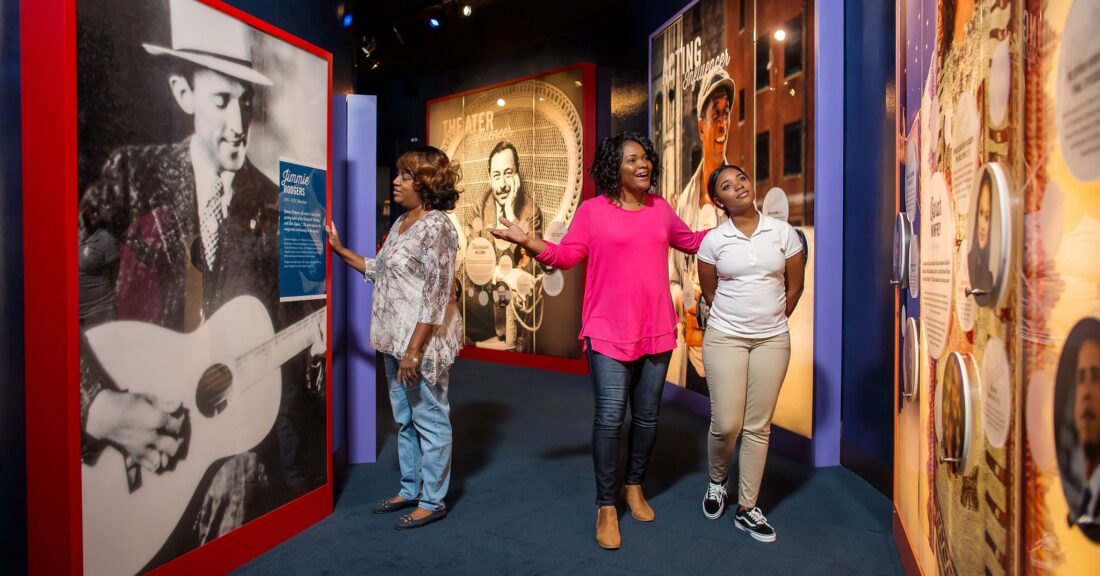
Music Mecca
The musical legacy that Rodgers started has carried on over the years: David Ruffin, the bespectacled ringer of the Temptations, grew up in nearby Whynot and is now celebrated in a downtown mural, and modern stars including Todd Tilghman, 2020 winner of The Voice, as well as Hayley Williams of Paramore also hail from Meridian, which continues to provide a haven where music can thrive. The elegantly restored 1890 Grand Opera House at the MSU Riley Center is an intimate venue showcasing entertainers like St. Paul & the Broken Bones (Feb. 4), Tanya Tucker (March 9), and the Beach Boys (May 16), and the annual Jimmie Rodgers Festival will mark its seventieth year in May with performances across town. The city is also home to three Mississippi Blues Trail markers and four sites on the Mississippi Country Music Trail.
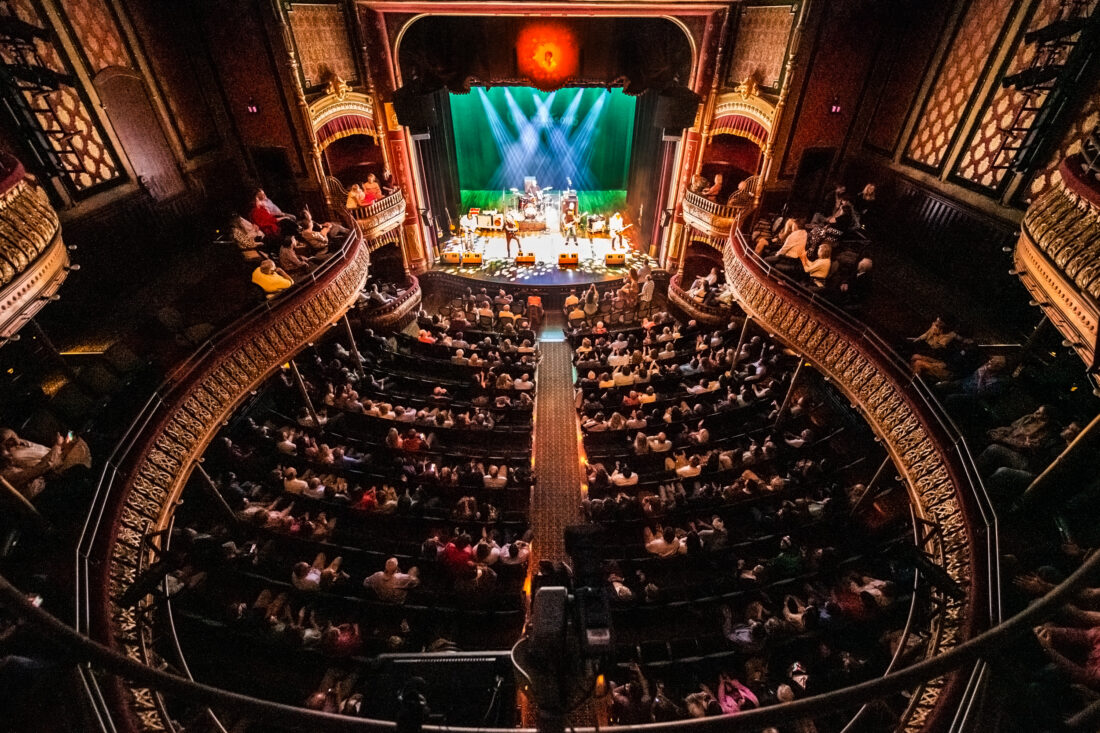
Dining Past and Present
In 1870, a lunch counter called Weidmann’s opened in downtown Meridian to serve railroad travelers. By the 1940s, the restaurant was open twenty-four hours a day, every day except Christmas, and had built a national reputation. Due to wartime rationing, tabletop butter was replaced with crocks of peanut butter, an eccentricity that continues today (and diners can buy their own souvenir crocks). The current menu combines long-standing favorites like black bottom pie with sophisticated Southern fare including catfish belvedere and blackened redfish. Jean’s, another downtown fixture, is a traditional Southern meat-and-three serving lunch on weekdays. And you’ll find plenty of libations within walking distance, too. Threefoot Brewing, located a block away from its namesake hotel, is home to twenty-one ales, IPAs, stouts, and sours brewed onsite, while Brickhaus offers sixty-three craft brews on tap and, naturally, live music.
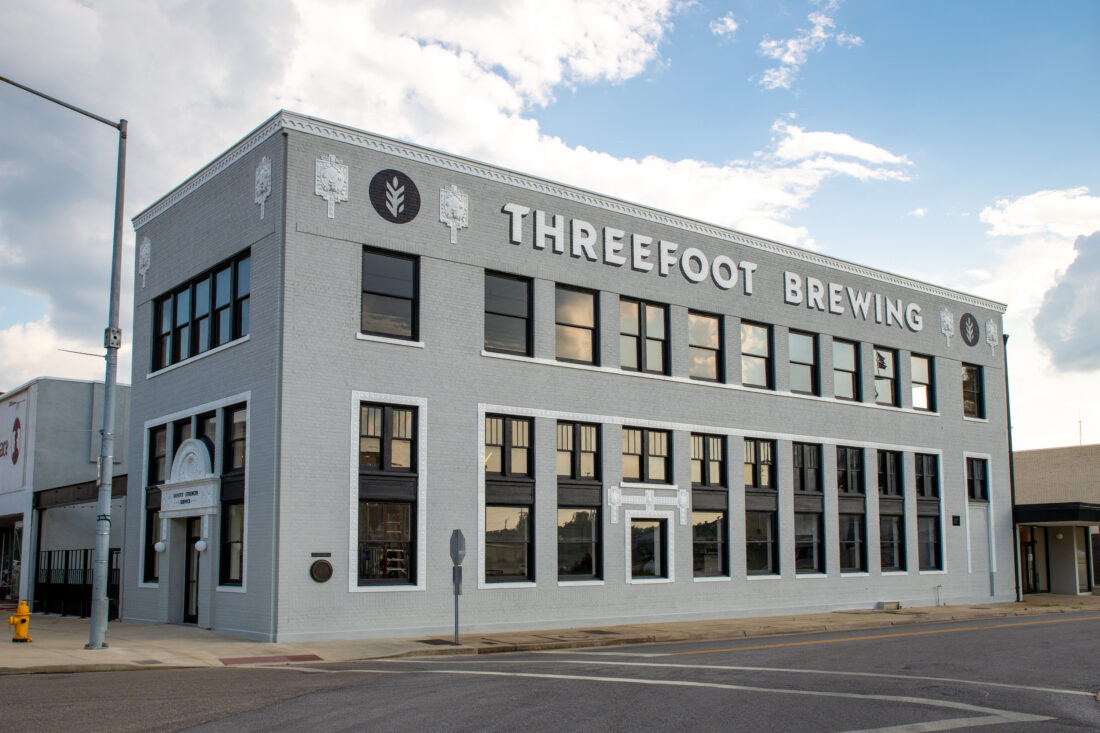
A Walk in the Woods
A quiet sojourn in nature can work wonders after a busy day (or night), and nearby Bonita Lakes Park delivers with 3,300 acres ready to explore. The terrain is surprisingly steep, with an elevation gain of more than eight hundred feet over 7.6 miles of maintained trails—more than enough to sweat out last night’s fun—as well as three recreational lakes. Dunn’s Falls, located a short drive southwest of town, features a sixty-five-foot waterfall and an 1800s grist mill on a bluff overlooking the Chunky River.
